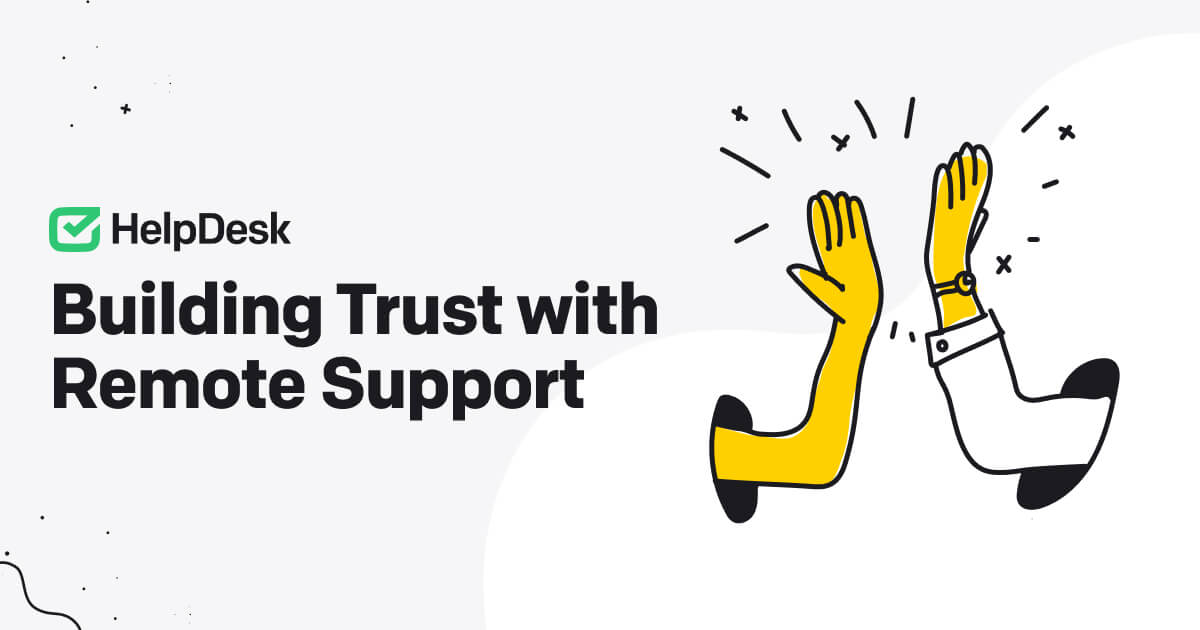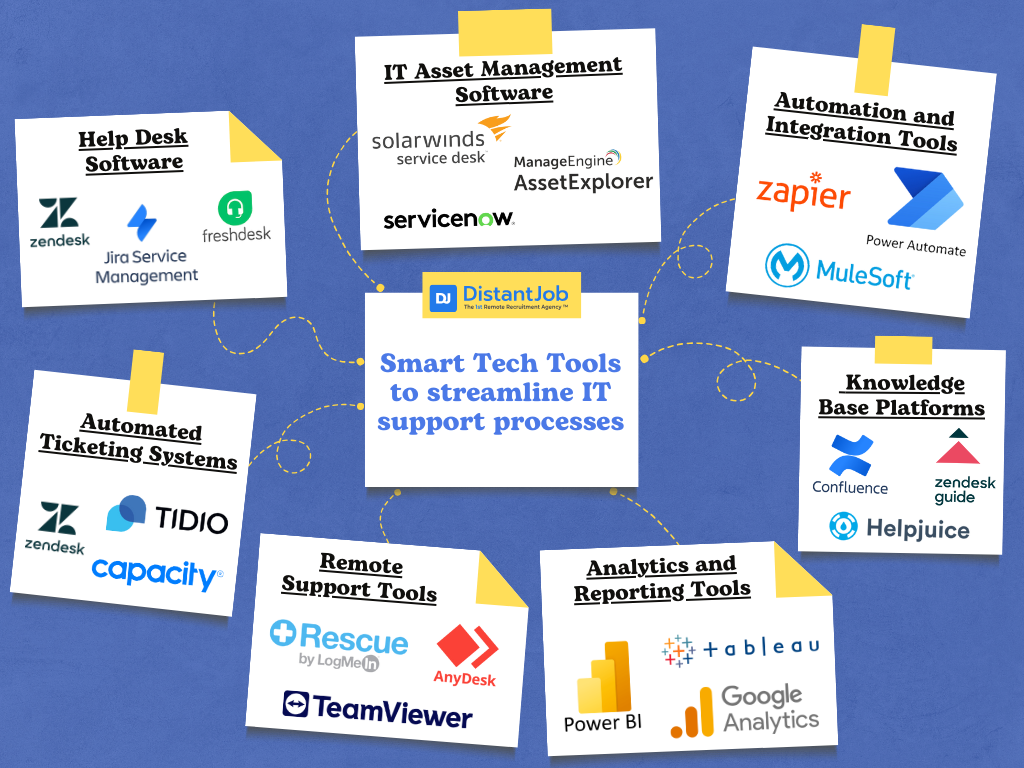Leveraging Free and Open-Source Tools
Before you even think about paid software, explore the wealth of free and open-source tools available. Many excellent options exist for remote desktop support, such as TeamViewer’s free version (with limitations), AnyDesk’s free tier, or even using built-in features within your operating system like Windows Remote Desktop. While these might have limitations on usage time or features compared to paid counterparts, they’re a fantastic way to get started and handle basic remote support tasks. Remember to weigh the limitations against your actual needs—if you only need to assist a few users occasionally, a free tool might be perfectly sufficient.
Utilizing Cloud-Based Solutions with Free Tiers
Several cloud-based remote support and management platforms offer generous free tiers or free trials. These often include features like remote access, screen sharing, file transfer, and basic chat functionality. Take advantage of these trials to test the platforms and assess their suitability for your needs before committing to a paid subscription. Carefully review the limitations of the free tiers—bandwidth restrictions, user limits, or feature restrictions—to ensure they align with your anticipated usage.

Exploring Affordable Managed Service Providers (MSPs)
While you might initially picture MSPs as expensive, many smaller, regional MSPs offer more budget-friendly packages than large national firms. These often cater to small businesses and individuals, providing cost-effective solutions tailored to their specific requirements. Shop around and compare quotes, looking beyond just the monthly fee to understand the level of support included. Factors like response times, the number of devices covered, and the types of issues they handle should all inform your decision.
DIY Remote Support with Screen Recording and Video Conferencing
For simple troubleshooting, combining free screen recording software (like OBS Studio) with a video conferencing tool (like Zoom or Google Meet) can be remarkably effective. This allows you to visually guide users through the steps, sharing your screen while simultaneously communicating verbally. This DIY approach works best for situations where the issue can be resolved through visual guidance, rather than requiring in-depth system manipulation. However, this approach lacks the professional level features available in purpose-built remote access tools.
Implementing Robust Security Measures to Minimize Costs
Investing in strong security practices is crucial, but it doesn’t have to be costly. Regular software updates, strong passwords, multi-factor authentication (MFA) where possible, and user education on cybersecurity best practices can significantly reduce the risk of costly security breaches. The cost of dealing with a security incident far outweighs the effort and (minimal) expense involved in these preventative measures. This proactive approach minimizes the need for expensive reactive measures later.
Negotiating Contracts and Bundling Services
Don’t be afraid to negotiate with providers, especially when committing to a longer-term contract. Many are willing to offer discounts or bundled services for loyal clients. If you need multiple services, such as remote support, cloud storage, and cybersecurity solutions, see if providers can offer a combined package at a reduced rate. Clearly outline your needs and budget upfront, and be prepared to explore different options to find the best value for your investment.
Training Your Team and Utilizing Internal Resources
Investing time in training your internal team can be a long-term cost-saver. Equipping your staff with the necessary skills to handle basic troubleshooting and remote support tasks can drastically reduce reliance on external assistance. This training can be done using online resources, internal documentation, or even through cross-training within the team. This empowers your employees and reduces the need for expensive external support for routine issues.
Prioritizing Proactive Maintenance to Prevent Issues
Proactive maintenance, such as regularly updating software, running system scans, and backing up data, significantly reduces the chances of needing costly emergency remote support. Implementing a routine maintenance schedule can save considerable time and money in the long run by preventing problems before they escalate. This approach is a preventative measure that significantly reduces the need for reactive emergency fixes which can be much more expensive.
Choosing the Right Level of Support Based on Needs
Carefully consider the level of remote support your business actually requires. If you only need occasional assistance with simple issues, a basic, cost-effective solution will suffice. However, if you have complex systems and require around-the-clock support, you may need to invest in a more comprehensive, and potentially pricier, solution. Honest self-assessment regarding your support requirements is critical to avoiding overspending on unnecessary features. For information on remote IT support pricing, please click here: [link to tankionlineaz.com](https://tankionlineaz.com)





